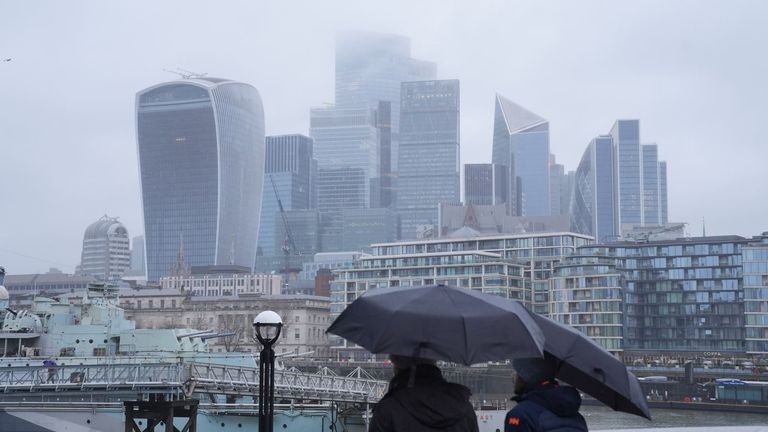
The Bank of England faces mounting pressure to accelerate interest rate cuts as new data points to weakening economic conditions in the UK. Recent indicators show falling consumer confidence, rising business distress, and growing challenges from global trade tensions.
Consumer sentiment took a hit in April, with GfK's confidence measure dropping four points to -23 as Britons expressed increased concerns about personal finances and the broader economy. While retail sales saw a modest 0.4% uptick in March, business health indicators paint a concerning picture.
Corporate distress levels are rising sharply, with consultancy Begbies Traynor reporting a 13% surge in firms facing "critical" financial difficulties. Official data shows company insolvencies in England and Wales jumped 9% compared to last year.
The International Monetary Fund (IMF) recently downgraded UK growth forecasts, highlighting vulnerabilities to global trade disruptions. The IMF noted domestic challenges too, particularly around inflation pressures from tax increases affecting businesses.
Households face mounting cost pressures, with April bringing higher energy, water and council tax bills. Inflation could potentially exceed 3% by year-end, adding strain to consumer budgets.
Trade tensions are weighing heavily on business activity. A key index tracking services and manufacturing fell to its lowest level since late 2022, with export orders declining at the fastest pace since early 2020.
Financial markets now fully expect the Bank of England to cut rates at its May meeting. Some analysts predict a substantial half-point reduction to 4%, while others forecast a more gradual path to 3.5% by December.
For borrowers, especially those seeking mortgages, rate cuts would provide welcome relief. Average two-year fixed mortgage rates have already eased to 5.2% from nearly 7% last year, reflecting market expectations of lower rates ahead.
However, economists caution that the Bank faces a delicate balance between supporting growth and managing inflation risks. While economic weakness may justify faster rate cuts, rising price pressures could limit how aggressively the Bank can move.